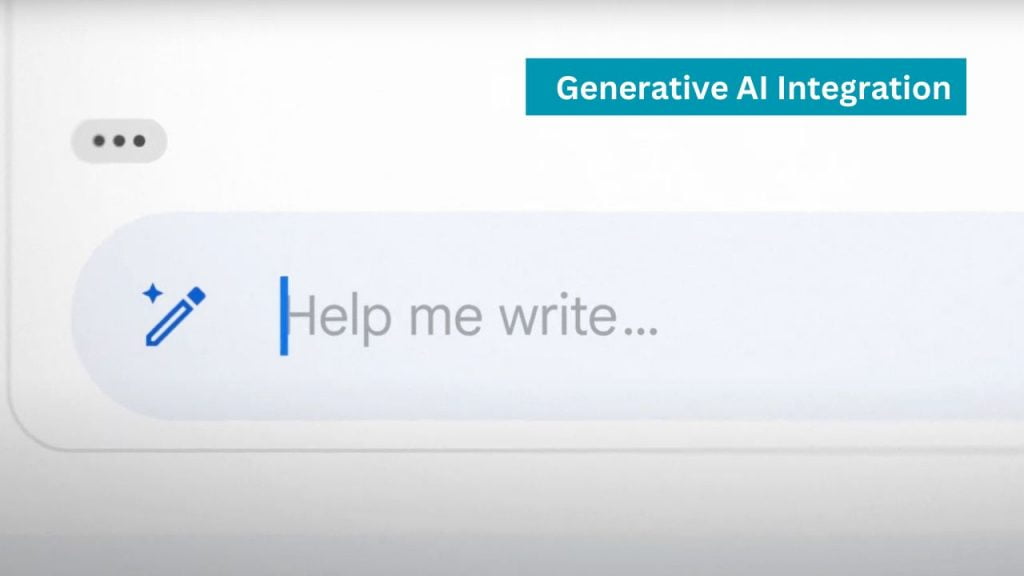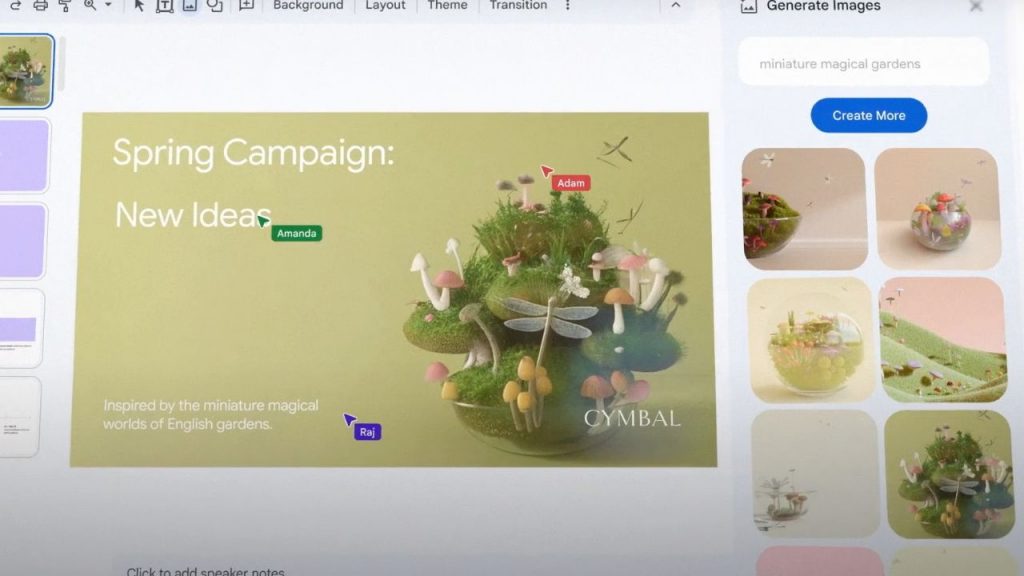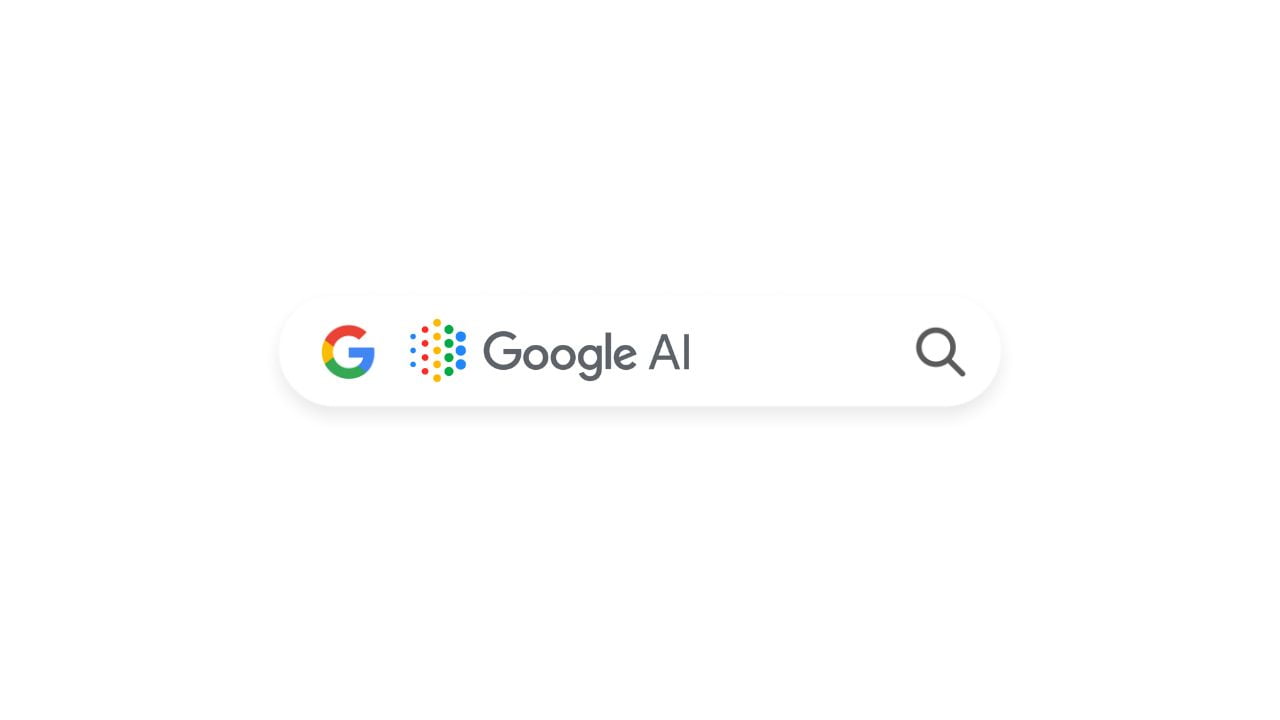Google, after initially being hesitant about generative AI tools, has decided to integrate them into its popular tools, such as Gmail, Google Docs, Slides, Sheets, and more. This comes after Microsoft integrated ChatGPT into its various apps and processes. Google had initially cited the reputational risk due to the potential for such systems to produce flawed, incorrect or inaccurate results. However, with millions of people signing up for the waitlist for the new AI-infused Bing, Google has been forced to act.
Google’s new generative AI elements will assist users in composing emails, summarizing conversations, generating writing prompts, and more. The process is similar to ChatGPT, where users can simply type in a topic they want to write about, and a draft will be instantly generated for them. This can save time and effort for busy professionals and parents.

The new features will enable a range of new functionalities within Google’s tools, such as the capacity to draft, reply, summarize, and prioritize Gmail, new ways to brainstorm, proofread, write, and rewrite in Docs, auto-generated image, audio, and video creation in Slides, automated formula generation, and contextual categorization in Sheets, generative backgrounds in Meet, and new workflows and process options in Chat.

Google is also launching its own generative AI models, which developers can build upon to bring advanced AI tools into more applications. This can be a big step for the next generation of efficiency tools. While there are concerns that the rise of generative AI will take some of the human element out of various processes, these tools can save time and improve workflows if used correctly.
Google says that it will launch its new AI experiences this month via its trusted tester program, beginning with English language users in the United States. However, this may also mean that a lot more emails will read very similar, or people you’ve been emailing with for years may suddenly take on a different tone.





[…] Also have a look at Google’s AI-Infused Tools Soon to Boost Efficiency in Gmail, Docs and More […]